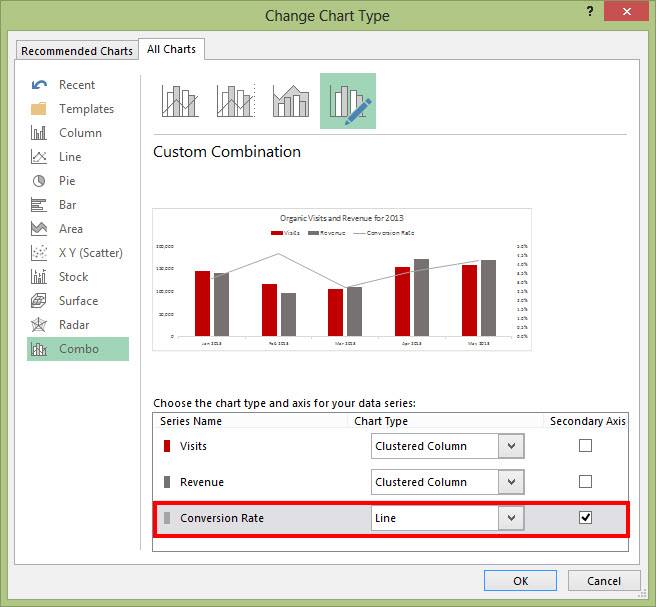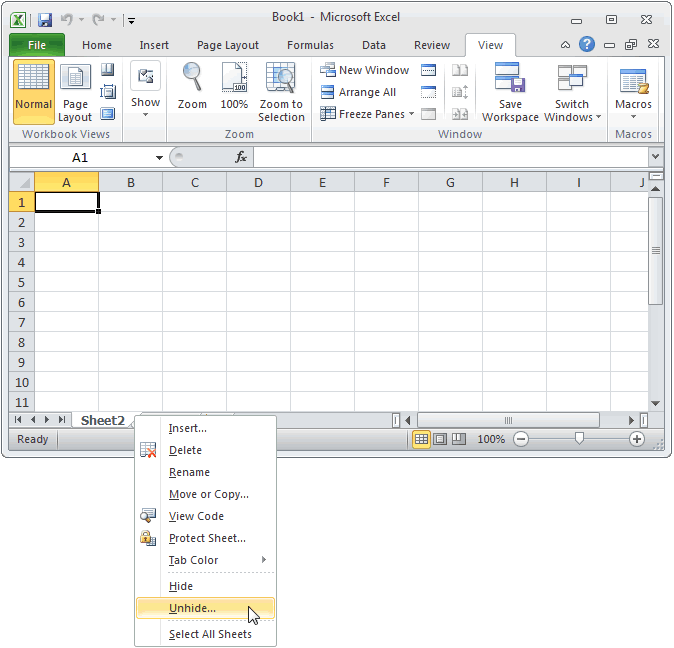
To do this you will use a workaround and the simplest way to do it is to size the chart on the worksheet so it is a good size. You can save a chart as a picture from inside Excel so you can use it elsewhere such as in a report or on the web. You can fill a chart with a pattern in Excel 2010 so it can be printed on a monochrome printer or photocopied in black and white. You don't have to use black and white as your colors just choose different patterns to ensure the charts can be understood when printed on a monochromatic printer or photocopied in black and white.

Repeat this this for the second series choosing a different pattern. For a monochrome chart set the foreground color to black and the background color to white and select a fill pattern for the series. Choose Format Selection (just below this on the ribbon) and choose Fill > Pattern Fill. To see this at work select a chart and choose Chart Tools > Layout Tab and select the series to edit from the dropdown box at the top left of the ribbon. New to Microsoft Office 2010 is the ability to use grayscale pattern fills for your chart. In this post I'll show you some handy tips, tricks and techniques for creating charts in Excel that will help you get your work done more effectively. While the charts look better, not all the options you can use to make them more functional are immediately apparent. The charting tools in Microsoft Excel 20 are way better in looks and functionality from those that were available in earlier Excel versions. In this scenario, the third series does not display as a separate chart type by itself.Some tips, tricks and techniques for better looking charts in Microsoft Excel.


For example, if you create a three-series chart in line format, turn one data series into a column chart and try to transform the third series into a doughnut chart, the result shows your first series as a line, the second as a column behind the line and all three series as a doughnut behind the other two data series. If you try to turn a data series into a chart type that requires more than one series, Excel adds the new chart using the data in all your data series.Each time you redefine a data series as a contrasting combination chart type, Microsoft Excel displays it behind the series you previously defined.For the same reason, if you combine two chart types that present information similarly but in different orientations - for example, a column and a bar chart - you may be unhappy with your output.

If you combine two charts of the same type, your results may be difficult to understand because of the lack of visual differentiation between them.If your chart data includes more than two series, you can create a combination chart that uses three different chart types, one for each series.


 0 kommentar(er)
0 kommentar(er)
